Maropeng Exhibition – Photo essay of the week
This week’s photo essay features the amazing Visitor Centre exhibition.
The exhibition is self-guided and can take anything from one to seven hours, depending on your level of interest and time availability. It is highly interactive and enjoyable, and will engage visitors of all ages. Over weekends and public holidays guided tours are conducted regularly at no additional cost. Ask the ticket office upon arrival when the next tour will commence.
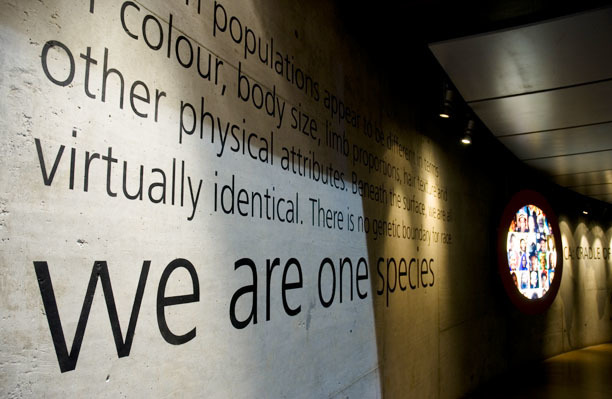
We know about species which have populated our Earth before us by studying fossils. Fossils are the remains of plants or animals which have been turned into stone over a long period of time in a process known as “mineralisation”. Charles Darwin, an English naturalist, was one of the first people to express a theory of evolution – the idea that species change over time, as they adapt to changing environments.
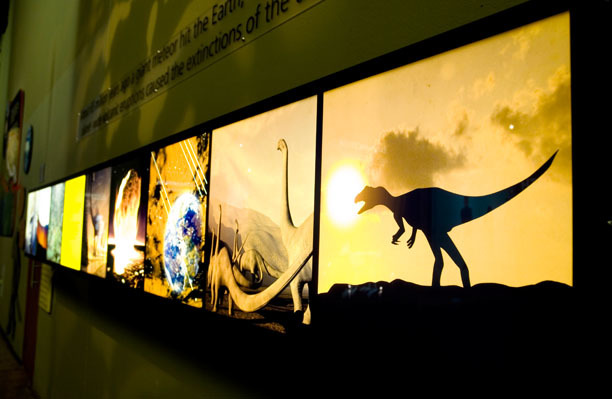
The history of life on Earth has been rocked by five major extinctions. The last great extinction was 65-million years ago, when the dinosaurs were wiped out, probably after a giant meteor slammed into the Earth off the coast of Mexico, and set off volcanic eruptions all over the world, changing the global climate. Today, some scientists say we are in the midst of the sixth major extinction – and its cause is us.
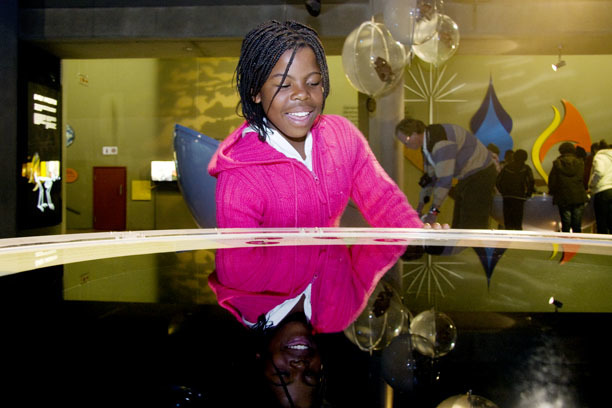
The exhibition is designed to be interactive, teaching those who pass through it about evolution and how we (hominids) become what we are today.
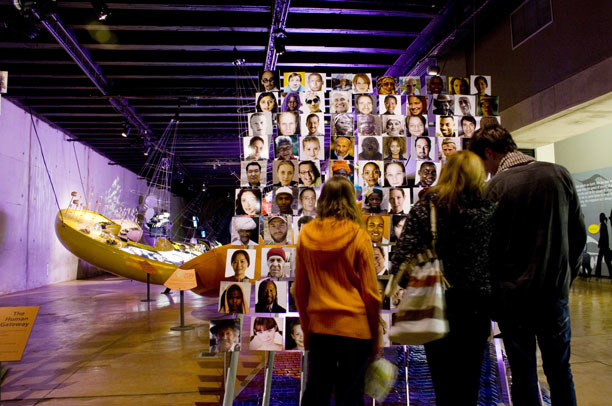
We humans are relatively recent arrivals on Earth. But our ancestors have been here for millions of years. While the exact shape of the human family tree is something scientists are still debating, the one thing that they mostly agree on is that humankind was born here in Africa.
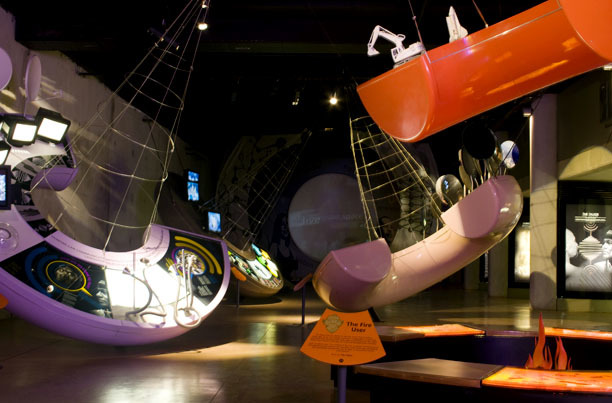
We have a set of characteristics that make us uniquely human. The final section of the exhibition is dedicated to modern humanity.
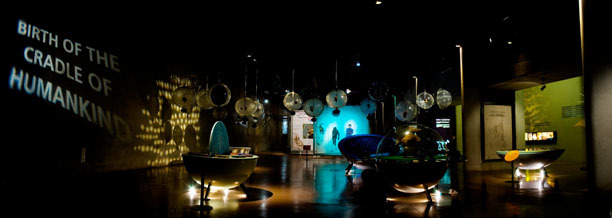
Two hundred thousand years ago, when Homo sapiens first emerged, there were probably at first only a few hundred of us. Now, in the 21st century, the global population is fast approaching 10-billion people. At first, we humans barely made an impact on the environment. But this has changed, as our technological abilities have progressed. Now our activities have serious implications for our planet, including the unusually fast extinction of species and global warming. Visit the exhibition and find out where you originate from and how your life is affecting the planet.
If you would like to see more pictures of Maropeng, visit our Flickr group or our Facebook Fan page.